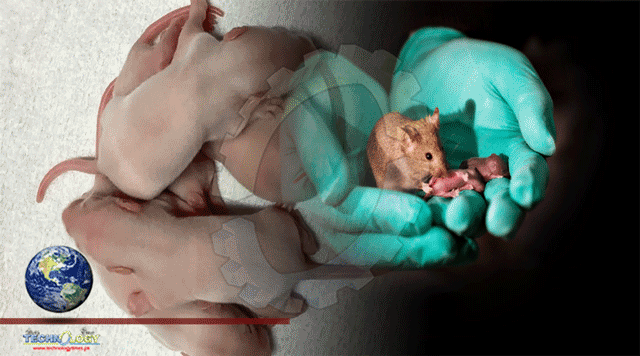Rat sperm cells derived from stem cells in the lab were used to fertilise eggs and produce healthy offspring for the first time in a procedure that could be used in conservation.

Rat sperm cells generated from stem cells in the lab have been used to produce fertile offspring for the first time. The approach could be adapted to rescue endangered rodents and may help to inform the artificial production of human sperm to treat infertility.
Until now, cells that give rise to sperm and egg cells, called germ cells, have only been produced in the lab in mice.
Toshihiro Kobayashi at the University of Tokyo and his colleagues have now shown that stem cells extracted from rat embryos can be grown in the lab to produce germ cells that form sperm when implanted into rat testes.
The researchers then collected the sperm cells and injected them into egg cells, before implanting the fertilised embryos into female rats. These grew into healthy adult rats that were able to have offspring of their own.
“Until recently, we didn’t know enough about how rat germ cells develop in order to adapt the mouse procedure for rats. Now, we understand more about what proteins and growth factors are needed to generate the rat germ cells, so we could do this work,” says Kobayashi.
Next, the team hopes to uncover the common principles in sperm generation that are shared across rats and mice, which could help inform the development of similar techniques in other mammals, such as pigs and humans, says Kobayashi. Such research could then be used to gain insight into how human germ cells develop and what goes wrong to cause infertility, he says. The team is also working towards artificially generating rat egg cells.
However, rats and mice are more similar to each other than humans, and the artificial production of human sperm and eggs may be several decades away.
“Humans and non-human primates have different modes of [germ cell development] and a much longer developmental timeline. So generalisation of the result to other species might not necessarily be straightforward,” says Kotaro Sasaki at the University of Pennsylvania in Philadelphia.
As embryonic stem cells can’t be taken from adult men, a similar approach can’t be directly used to generate human sperm to treat infertility. Instead, a more promising approach involves turning adult skin or ovary cells into stem cells that can be used to produce sperm and eggs.
This news was originally published by News Scientist.